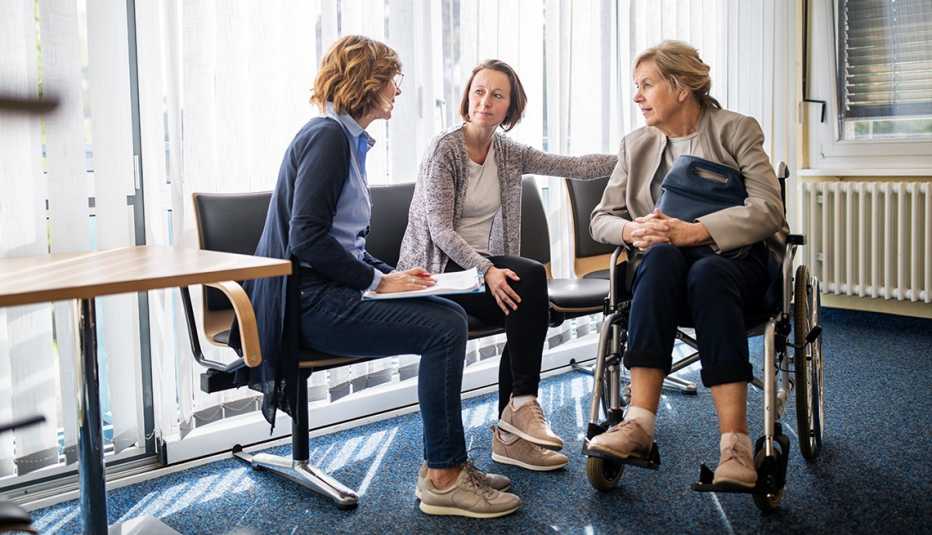Staying Fit
Imagine Zack, a 73-year-old husband who regularly accompanies his wife, Sue, to her neurology and primary care appointments for her dementia care. In the snug confines of the medical exam rooms, he notes that the doctors, nurses and medical assistants who rush in and out rarely make eye contact with them. Instead, they stare fixedly at their computer screens, even before they sit down. What could be so interesting on those screens, Zack wonders? What's written in the notes about Sue's condition that these health care professionals can see but aren't sharing with us? Recent legal changes mean he is now in a position to find out.
For the past decade, most U.S. health systems have encouraged patients and, with patient permission, their family caregivers to use online portals in the health systems’ electronic health records for private messages to and from doctors and to access a patient's problem list, medication list, appointment schedule and lab results. This has been helpful for keeping family caregivers more informed about the details of treatment plans. But what's written in the chart notes — doctors’ unvarnished impressions of the patient's condition — has rarely been available online. (Patients can always ask for printed copies of their charts but usually will have to pay exorbitant "copying fees.")


AARP Membership— $12 for your first year when you sign up for Automatic Renewal
Get instant access to members-only products and hundreds of discounts, a free second membership, and a subscription to AARP the Magazine.
A new federal rule now requires most health care providers to make their electronic medical record chart notes, renamed "shared visit notes," available to patients for no charge. This part of the 21st Century Cures Act means clinical notes that the doctor writes are suddenly visible — observations on the patient's presentation, diagnoses, prognoses and treatments being considered. This will give many patients and family caregivers a first-time glimpse into the clinical reasoning of sometimes cagey health care professionals.
Patient and caregiver advocates have been calling for this new transparency for years. According to OpenNotes, an international movement for more open physician-patient communication, research suggests that shared visit notes have increased the quality and safety of health care in the 260 health systems around the world where they are used. They also create the possibility of greater partnership among doctors, caregivers and patients working from the same set of information.
How can caregivers best use this new transparency to help their care receivers? Here are some ideas:




































































